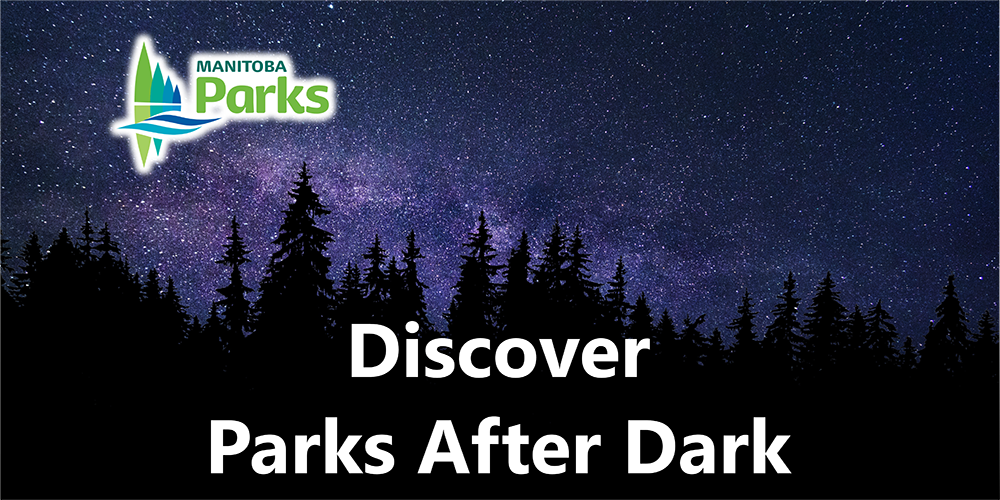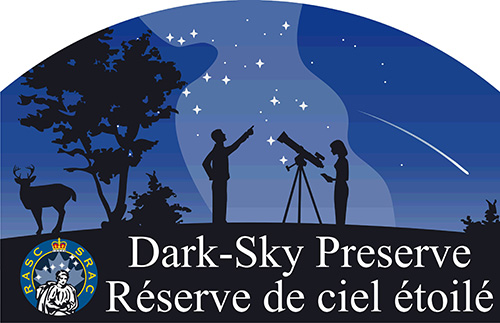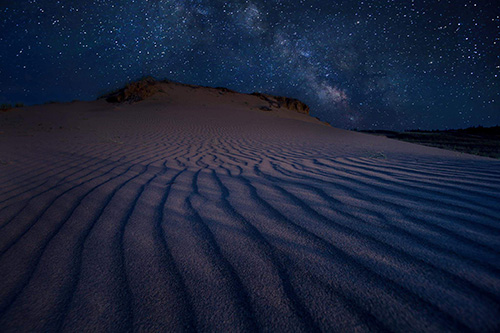The starry night sky has been used for agriculture, time-keeping, navigation, storytelling, and spiritual and religious practices for thousands of years. When we point out a constellation or the North Star to our children, or sleep beneath the stars, we keep alive this natural connection we have for the world and heavens around us. Experiencing dark skies as it was pre-electric lighting helps us imagine David Thompson or Samuel Hearne paddling our northern rivers under the guidance of the North Star, Indigenous peoples fishing under moonlight, or Ernest Thompson Seton exploring the sand hills of Spruce Woods.
Light pollution – light shining where it’s not needed or wanted, glare, and sky glow – is caused by excessive and poorly aimed artificial light and destroys the night sky. Light pollution impacts the health of plants and animals, as well as human health. Artificial light can have detrimental effects on the natural growth cycle of plants, predator-prey relationships, migration patterns, and natural foraging, nesting and mating behaviours of wildlife.
Light pollution is a relatively easy environmental problem to resolve. Solutions are immediate, effective, and often save money. When reviewing your own residential lighting, consider the following steps:
- Light only if needed, and only when needed. Use motion sensors or timers.
- Light only where needed. Shield lights to direct down to only illuminate the area needed.
- Use warm-white or amber light (avoid blue-white light).
- Use the minimum amount of light needed.
- Use energy-efficient lights.
Protecting night skies for ourselves and future generations only takes a bit of knowledge and effort in choosing night sky friendly outdoor lighting. Share your appreciation of the night and ways to protect it with your family, friends, and neighbours. Encourage them to make the night a better place for your community and nearby parks.





